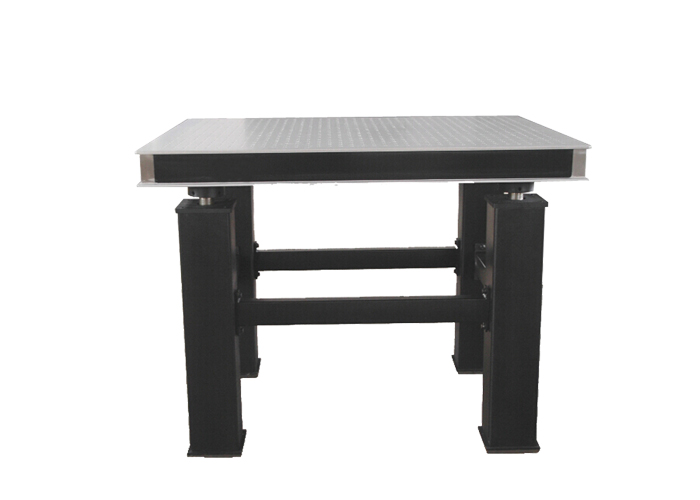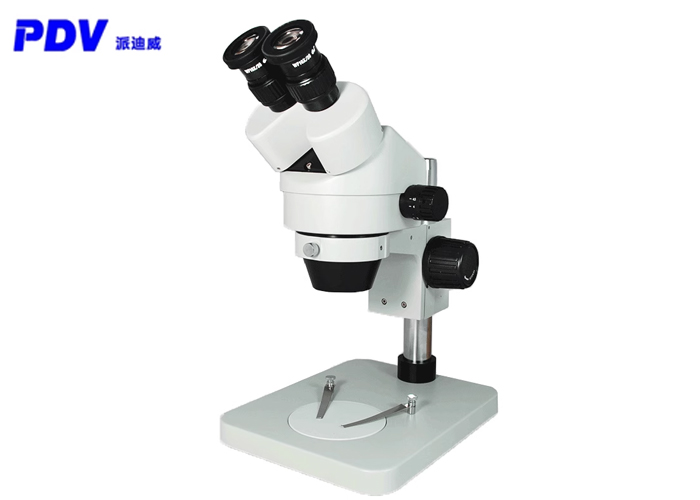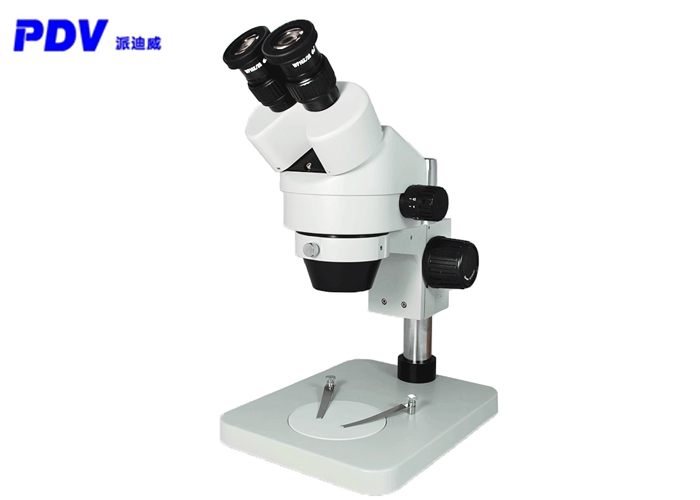Flatness (Surface Flatness):
The flatness of an optical platform usually refers to the amount of variation of the actual surface to be measured relative to its ideal plane in a unit area. Generally, the flatness index of foreign optical platforms is ±0.1mm/600mm×600mm. Zhuoli's optical table uses precision grinding technology to increase the flatness index to 0.02 ~ 0.05mm/600mm×600mm.
However, in a strict sense, the flatness of the optical table has no effect on the vibration isolation performance. Even in order to pursue high flatness, the vibration isolation performance of the optical table is often sacrificed for the following reasons:
1. We know that if the optical table surface is to achieve high flatness, it usually needs to be ground repeatedly. During the processing, multiple grinding is easy to cause deformation of the material. In order to reduce the deformation, it is usually necessary to thicken the surface, but we pass The explanation of the vibration recovery time has been known. As the mass of the table is thickened, the vibration recovery time of the platform is often doubled (or even several times). In many precision optical experiments, this is unacceptable.

2. There is a limit to the grinding of the optical platform. The processing limit is generally about ±0.01mm/600mm×600mm, which is approximately ±0.03mm/m2 when converted to square meters, but this flatness is the same as that of the marble platform The flatness is very different. According to the flatness index, the marble platform is generally divided into: 000 level (flatness ≤ 3μm/m2), 00 level (flatness ≤ 5μm/m2), 0 level (flatness ≤ 10μm/m2). In other words, the flatness of the optical platform with the best flatness is several times or even an order of magnitude worse than that of the lowest grade marble platform. Therefore, if you need a high-flatness tabletop, it is strongly recommended that you buy a marble platform.
3. The flatness of the optical table is of little practical significance when in use. We look at an absolutely flat table surface (actually impossible). If the length×width×thickness is: 2000×1000×200mm, usually when adjusting the level, the minimum scale of the level is ±30′, if it is assumed that the actual process If the horizontal adjustment accuracy is 5′ and the length direction is 2000mm, then the height difference between the two ends of the table in the length direction=2000×tan(5′)2.9mm, that is to say, even if the table is absolutely flat, after adjusting the level, the table The height difference between the two ends in the length direction is likely to reach 3mm, so in actual use, the flatness index is of little significance.
4. For the optical components on the platform, the height difference caused by the flatness is usually negligible. If it is necessary to consider the height difference, it can be achieved by Zhuoli's precision adjustment stage. In summary, the flatness of the optical table is not related to the vibration isolation performance of the optical table, and can only be used as an auxiliary index of the optical table for reference.
If you would like to know more, please contact us.













